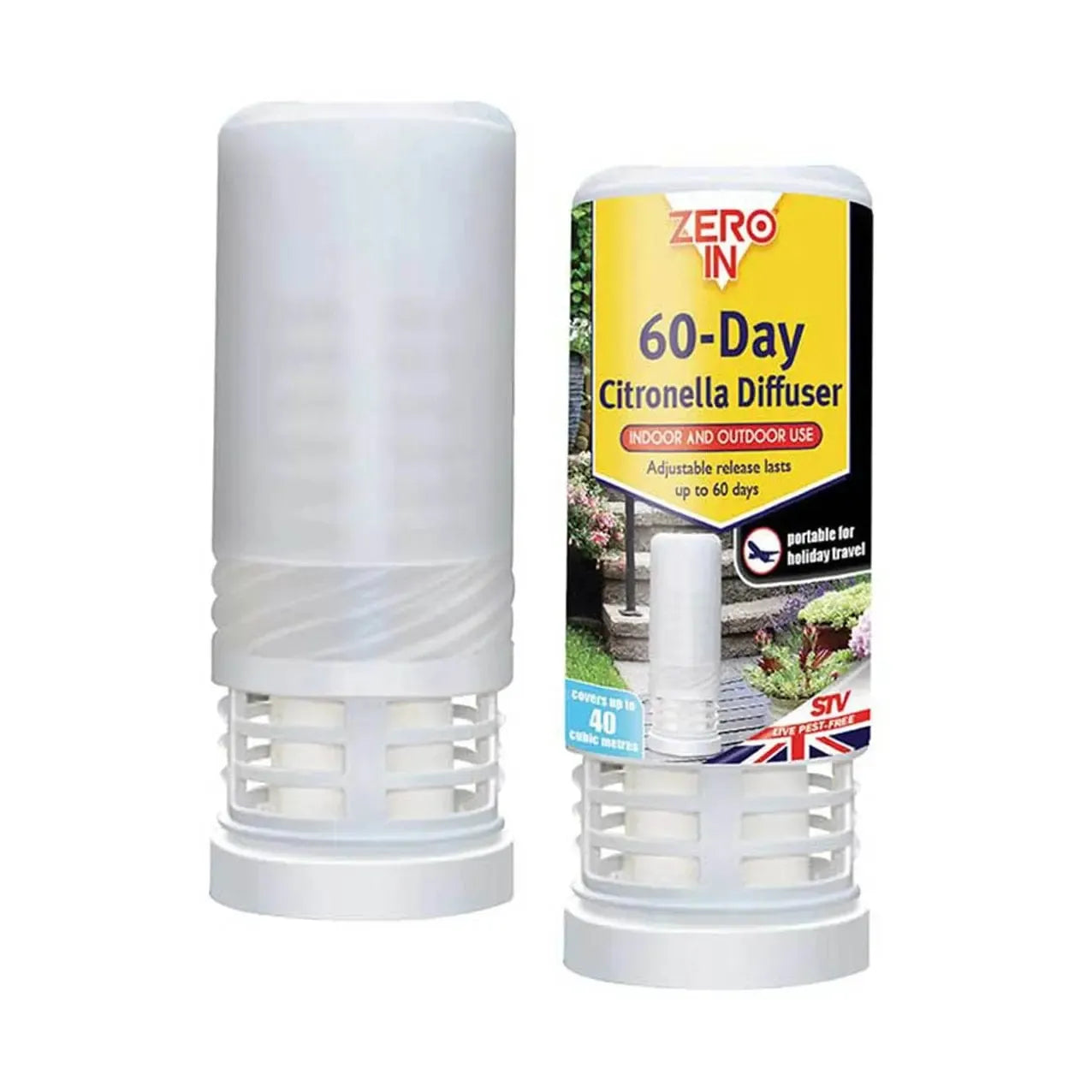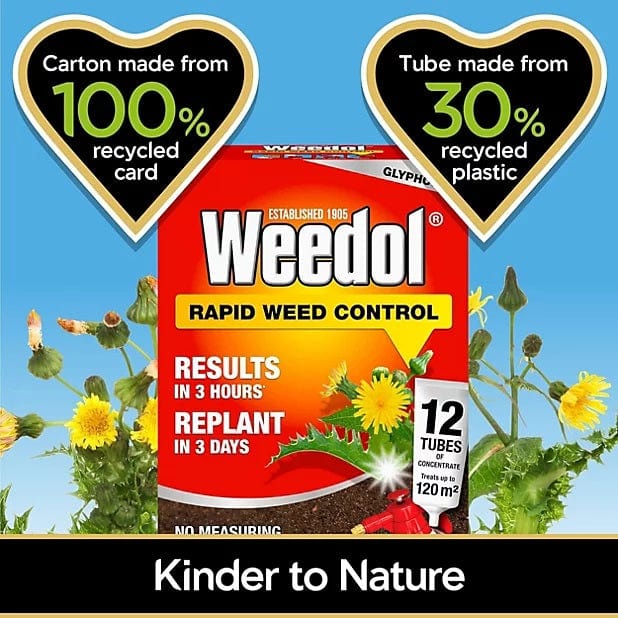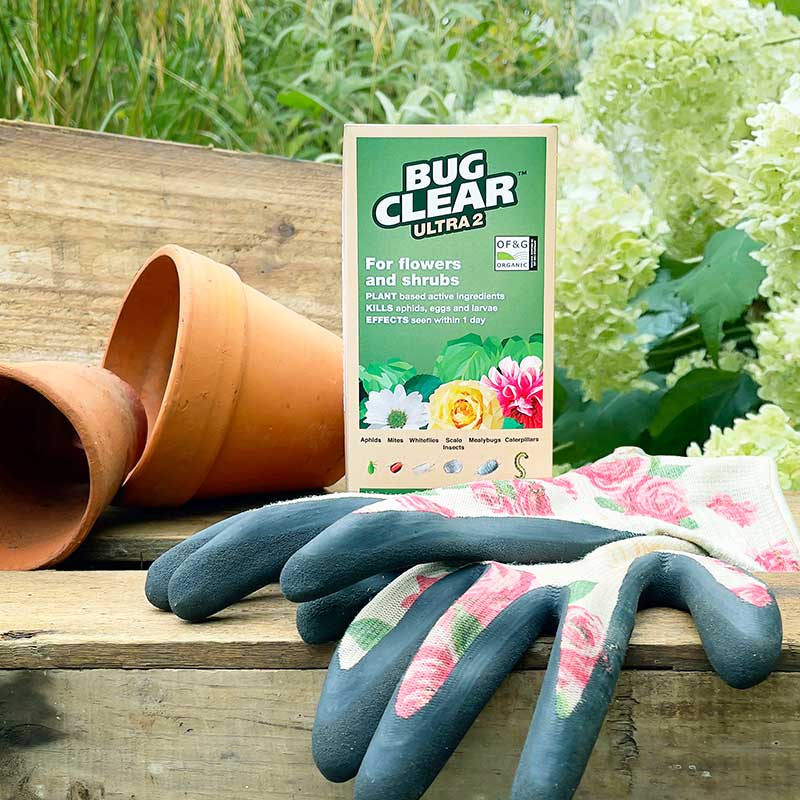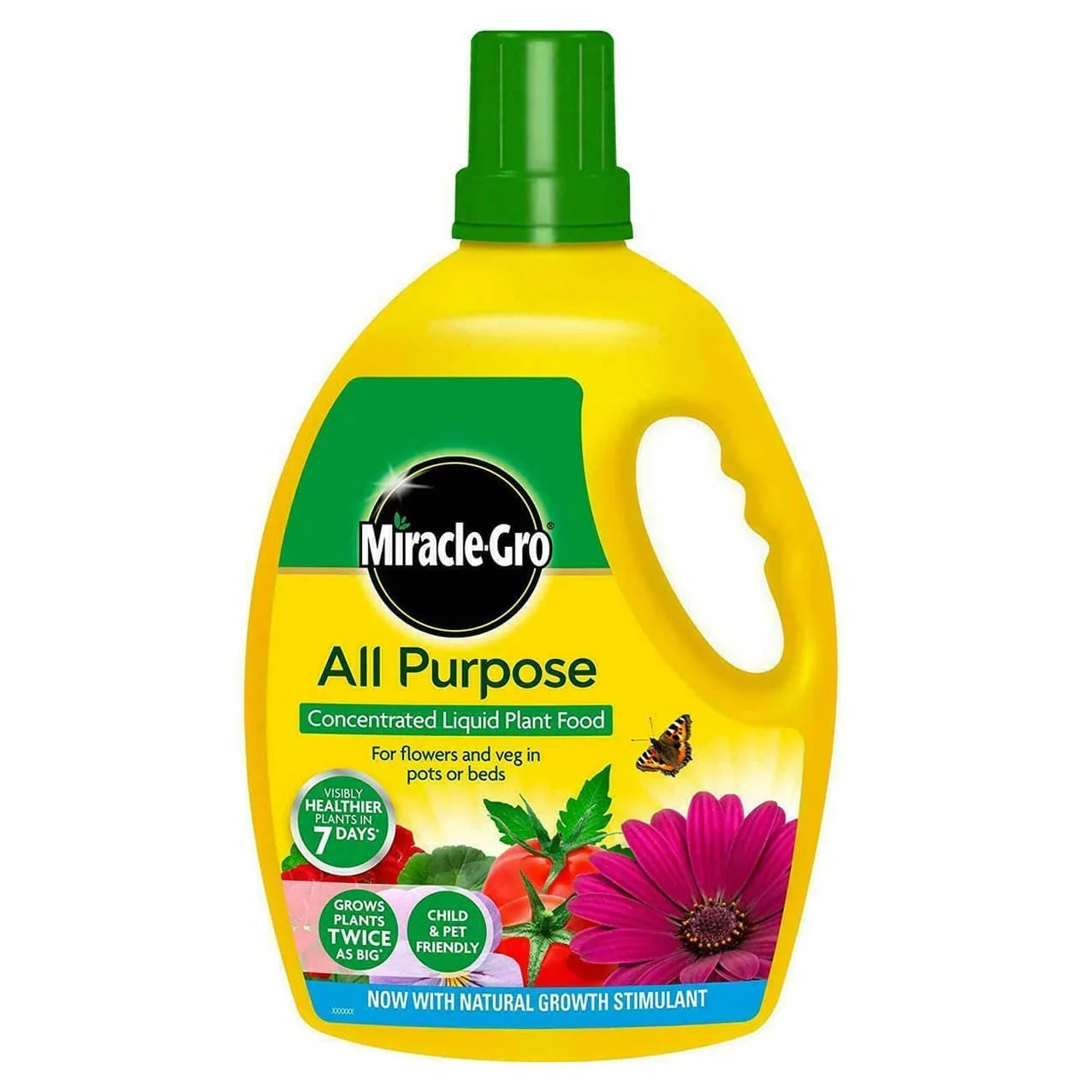How to handle weeds effectively
- 〡
- 〡 by Fitfit Garden

Ultimate Guide to Weed Control, Prevention and Lawn Weeds. Care of a Healthy Garden
It remains healthy and beautiful only when not made up of plants and water, but also comes along with efficient weed control and preventive measures. Weeds are unwanted plants, which compete with your lawn to share needs such as nutrients, water, and sunlight. If such weeds are left to pursue their activities without proper prevention and control measures, they will easily overrun your yard, preventing the beautification and health of your garden.
Learn how weeds can be controlled in the garden at Fit Fit Garden. Let our professional services guide in designing your weed-free garden. Here's a detailed guide on weed control, prevention, and lawn weed management.
What Are Weeds?
Control methods of weeds Some reference control methods of weeds, but first, let's simply and clearly define exactly what "weeds" are. Quite many weeds are pretty aggressive and invasive, and they can grow really fast to outcompete the plants you actually want to grow for some very essential needs.
There exist two main types of lawn weeds:
Broadleaf Weeds- These have broad wide flat leaves and sometimes big beautiful flowers. Examples are dandelion, clover, and plantain
Grass Weeds -These resemble grass but appear where you least want it. Common weeds such as crabgrass, goosegrass, and foxtail are frequently encountered in lawns and gardens.
Weeds could pop up anywhere. They especially love disturbed soil, poor soil conditions, or any other place that has gotten too much moisture. They need to be controlled enough so that the health of the lawn or garden does not deteriorate from them.
Why Weed Control Matters to Your Lawn
There are so many advantages to keeping your lawn weed-free:
- Beauty: Weeds give an unkempt and disorderly appearance to your lawn or garden. A clean and clear environment, free of weeds, can look appealing while adding to the beauty of this area by increasing the appeal for more outdoor activities.
- Good plant health : Weeds compete for space, nutrients, water, and sunlight with plants, causing poor grass and garden plant growth. By putting some effort into the proper control of weeds, you can ensure healthy growth from your plants.
- Increased lawn surface density : A lawn free of weeds shall be thicker and stronger to resist foot traffic, pests, and diseases. A healthy grass may even smother weeds and create a lush thick layer of green.
- Prevention of Long-Term Damage: While there are weeds such as crabgrass that do damage to your lawn as they dominate and leave bare spots, if left to continue unabated these weeds will create almost insurmountable problems.
Effective Lawn Weed Control Methods
There are weed control methods, ranging from chemicals to organic methods. Here are some of the techniques best suited for controlling weeds. They are divided into natural and chemical methods, so you can decide which one is best suited for your garden.
1. Manual Weed Removal
The best process applied to small lawns or any area that has fewer weeds is manual removal. For this process, the physical removal of the weeds along with all their roots reduces the chances of them going back to the surface because they have been pulled out completely. The grass weeds need to be pulled when the soil is moist, where it will be easy to get the whole root system of them.
- Weeding Tool: Loosen up the soil with a weeding tool or hand fork, then gently pull out weeds.
- Best Time: Weed when the soil is moist--after a rainstorm or deep watering. Avoid weeding during hot, dry weather because the soil will pack down and make weeding a real labor of love.
2. Mulching
Mulch is also an extremely efficient organic method of weed suppression. Such organic mulch laid on top of the soil suppresses the existing ones and prevents the germination of that new weed seed. It retains moisture in the ground, improves the soil structure, and, of course, nutrients to the plants.
- Wood chips, straw, grass clippings, and leaf mulch are most suited for weed controlling. It should be applied in layers of 2-4 inches so the weed growth is beneath that layer and sunlight does not reach it.
- Mulching Too Close to Plants Should Be Avoided: Mulch should be avoided to be piled close to plants as such circumstances may lead them to rot.
3. Chemical Herbicides
Chemical herbicides are applied to severe infestations or long-lived weeds. Their products kill weeds but don't harm much of the grass. Herbicides can be sprayed without care but this might have a risk in your lawn or garden plants.
- Selective Herbicides: These herbicides kill only specific weeds, including broadleaf weeds, leaving grass and other desirable plants alone.
- These herbicides kill all plants growing in the area they are spread on, irrespective of whether it is a desirable or an undesirable plant.
- Be careful when applying, and apply when no wind is present to prevent them from being blown elsewhere.
- Pre-emergence herbicides : These work on weed seeds present in the soil, destroying them before germination. These should be applied in good time during the growing season before weeds have yet to be emitted.
- Spot treatment: It is therefore perfectly suited in a situation where one needs to control some weeds but not the whole lawn.
- Use a spray bottle or other spot treatment apparatus.
4. Organic weed control methods
Organic weed control methods If you do not have a particular passion for the use of chemicals in your lawn care routine, there are several organic weed control solutions that can just as effectively keep weeds under control.
- Vinegar: Households vinegar especially the more potent types used as an herbicide for gardening purposes, acetic acid in liquid form. This is sprayed directly onto the weeds without splashing on other plants you may want to keep alive. Vinegar kills best on young, young weeds.
- Boiling water can scald and kill weeds. This may also be pretty useful if the weeds grow between sidewalk or driveway stones.
- Corn Gluten Meal: It is an organic pre-emergent herbicide. In other words, it prevents weed seeds from germinating so that weeds will not emerge until such time it begins causing interference with desired plants. It is safe to your lawn and garden and confers some fertilizer benefits.
Lawn Care Tips for Weed Prevention
Prevention is better than cure: control weeds before they establish, though it is relatively difficult after establishing. From the following weed prevention methods, you shall keep your lawn weed free season after season.
1. Grass Health
For example, one of the good features of a homeowner against weeds is a dense and healthy lawn. Grass will shade out weeds because they lack appropriate space and light for germination. Thicker and denser grasses shade out weeds. Some lawn care tips include.
- Cutting: Ideally, you'll want to maintain your lawn at the right height for the species of grass you have. The height can vary depending on the type. Cool-season grasses should be kept at 2.5 to 4 inches, while maintaining between 1 and 2 inches for warm-season grasses.
- Water Properly: Deeper Less Often Irrigation Promotes deeper root penetration, which is advantageous for grass.
- Overwatering will weaken your lawn, and that's when the weeds are going to find it easy to sprout.
- Fertilize Properly: Balanced fertilizer will feed your lawn right into growing strong and thick; avoid over-fertilizing as that opens a portal for weeds to sprout.
- Aerate the Soil: Compacted soil is the most common hosting site for weeds. Lawn aeration encourages better water and nutrient absorption. This minimizes the growth of weeds.
2. Overseed Your Lawn
Plug bare areas with the appropriate type of grass seed so weeds aren't allowed to become established. Blend an appropriate mix of grass seed appropriate for your regional climate and growing conditions to help you ensure the grass in your lawn is thick and healthy throughout the year, thereby reducing the available space for weeds to begin their lives.
3. Pre-emergent herbicides can be used.
One among the best preventives, that would be pre-emergent herbicides. They have weeds before they have the chance to germinate. This herbicide creates contact on the soil and will prevent the seeds from sprouting in the weeds. Spray the herbicide during the early spring season. When the soil temperature goes around 55F (13 C). Use the timing and spray rate recommendation.
4. Regular Lawn Maintenance
The activities involved are lawn mowing, watering, fertilizing among others. Lawn maintenance process can also be helpful in the formation of a weed-free lawn if identified at an early stage in weed growth and appropriately controlled.
Identification of Common Lawn Weeds
Know your weeds because part of the good weed controls is knowing what you are up against. Here is a list of the most common weeds found in lawns and some tips on how to effectively manage them:
- Dandelions: These are broadleaf weeds with deep taproots that have yellow flowers. It's controlled by broadleaf herbicides or by their manual removal in the taproot.
- Crab grass: This is the most aggressive grassy weed that pervades nearly all areas during summer. These can be controlled by using some pre-emergent herbicides that would prevent the germination of seed.
- White clover: It is actually a legume and can be an opportunistic plant that overruns your lawn.You will generally find them in those spots where fertilization has been poor. These can be eradicated through hand-pulling or broadleaf herbicides.
- Chickweed: This weed thrives well only in the cool climatic conditions. This type of weed is especially hard to tackle. It can be controlled if pre-emergent herbicides are sprayed during the fall season.
FAQs
What is landscaping edging?
Edging fulfills multiple purposes: it holds mulch in place within plant beds, discourages grass and weeds, contains paths made of pebbles or gravel or other loose material, and helps create a mowing strip around the exterior of plant beds so routine lawn work can flow easily. In fact, some lawn edging is specifically that.
Which landscape edging is the best?
Rubber is one of the best options for lawn edging under fences and around flower beds. Others have a scalloped edge that helps to create a decorative border with your landscaping.
What is the edge in landscape?
Landscape edges serve as transitional linear spaces, gently merging one area or landscape with another. Edges are often neglected in design, but they are important structural elements of landscapes because of integration and social functions.












